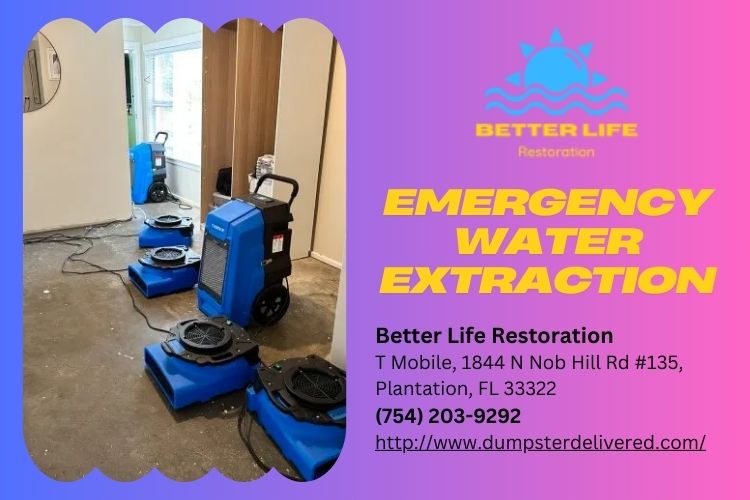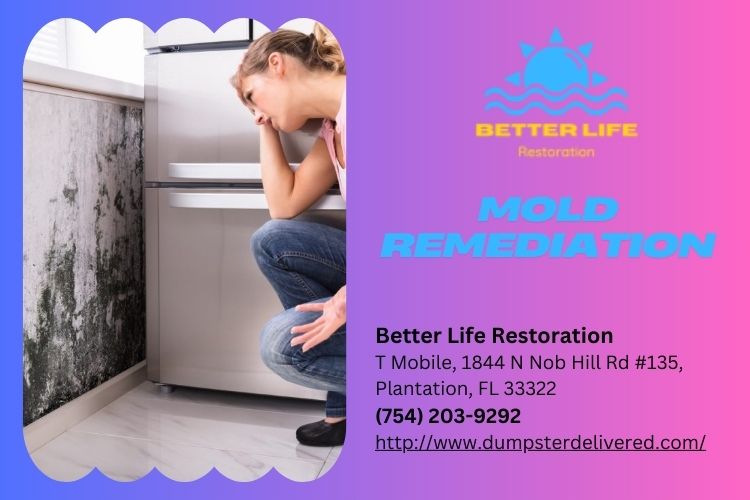Introduction
Fire can be devastating, leaving behind not only charred debris but also significant water damage from firefighting efforts. Unfortunately, this water damage is often underestimated when it comes to recovery efforts. Mold growth is a common consequence of untreated water damage and can lead to serious health issues and structural problems in your home or business. In this article, we will delve into the critical importance of water damage restoration services after fire incidents and how they play a pivotal role in preventing mold growth.
Preventing Mold Growth: The Importance of Water Damage Restoration After a Fire
When a fire occurs, the immediate response typically focuses on extinguishing the flames. However, the aftermath often involves extensive water damage due to hoses and sprinklers. If not addressed promptly, this moisture becomes an ideal breeding ground for mold. Mold spores are ubiquitous in our environment; they thrive on damp surfaces and can begin to grow within 24-48 hours after water exposure.
Understanding Water Damage Restoration Services
Water damage restoration services encompass a comprehensive approach to dealing with water-related issues caused by fire suppression efforts. This includes:
- Assessment: Professionals evaluate the extent of the damage. Water Extraction: Using industrial pumps and vacuums to remove standing water. Drying: Employing dehumidifiers and air movers to eliminate residual moisture. Cleaning: Sanitizing affected areas to prevent mold spores from settling. Restoration: Repairing or replacing damaged structures and materials.
How Water Damage Leads to Mold Growth
The Science Behind Mold Growth
Mold requires three essential elements to flourish:
Moisture: The primary catalyst for mold growth. Nutrients: Organic materials like wood, drywall, or carpet provide sustenance. Temperature: Most molds prefer temperatures between 77°F and 86°F (25°C - 30°C).After a fire, even if the flames have been extinguished quickly, residual moisture from firefighting efforts can create an environment ripe for mold proliferation.
Common Areas Prone to Mold Post-Fire
Mold can manifest in various parts of your home following a fire:
- Basements: Often damp due to humidity levels. Attics: Poor ventilation allows moisture accumulation. Walls/Ceilings: Hidden leaks can lead to condensation beneath paint or drywall. Carpets/Flooring: Water-saturated carpets are prime candidates for mold.
The Dangers of Mold Exposure
Mold isn't just an unsightly nuisance; it poses several health risks:
Allergic Reactions: Symptoms may include sneezing, coughing, and rashes. Respiratory Issues: Asthma can be exacerbated by mold exposure. Toxicity: Certain molds produce mycotoxins that can lead to severe health complications.The Role of Professional Water Damage Restoration Services
Expert Assessment Techniques
Professionals employ advanced technology like moisture meters and thermal imaging cameras to assess hidden moisture levels accurately.
Efficient Water Extraction Methods
Utilizing specialized equipment ensures rapid removal of standing water—crucial for minimizing secondary damages.
Thorough Drying Solutions
With high-capacity dehumidifiers and air movers, restoration experts ensure every nook and cranny is dried appropriately before any rebuilding begins.
Preventive Measures Against Mold Post-Water Damage Restoration
Once restoration services have been completed, additional steps should be taken:
Maintain Low Humidity Levels Ensure Proper Ventilation Regularly Inspect Common Problem Areas Use Air Purifiers With HEPA Filters
FAQs About Water Damage Restoration Services
What is included in water damage restoration services?
Water damage restoration services include assessment, extraction of standing water, drying affected areas, cleaning/sanitizing surfaces, and final restoration repairs.
How long does the restoration process take?
The duration varies based on the extent of the damage but typically ranges from a few days to several weeks for complete restoration.
Can I handle mold removal myself?
While small patches may be manageable with proper precautions (like masks), professional removal is recommended for larger infestations due to health risks involved.
Why is it critical to act quickly after water damage?
Immediate action limits further damage and reduces potential health risks associated with prolonged exposure to moisture and mold growth.
How do I choose a reliable water damage restoration service?
Look for certified professionals with positive reviews who offer comprehensive services including emergency response capabilities.
Are there insurance considerations for fire-related water damage?
Homeowners should review their policies as many cover both fire and subsequent water damages; however, coverage specifics can vary widely among insurers.

Conclusion
Preventing mold growth through effective water damage restoration is not merely an afterthought; it's an essential step in ensuring your home remains safe post-fire incident. By opting for professional services immediately after experiencing such tragedies as fires or floods, you safeguard your property against future hazards posed by hidden moisture and mold proliferation. Remember that while fires may leave visible scars behind, neglecting their consequences—namely water damage—can have far-reaching implications that extend well beyond what meets the eye.
Contact Us
Better Life Restoration
Water Damage RestorationAddress: T Mobile, 1844 N Nob Hill Rd #135, Plantation, FL 33322

Phone number: (754) 203-9292
